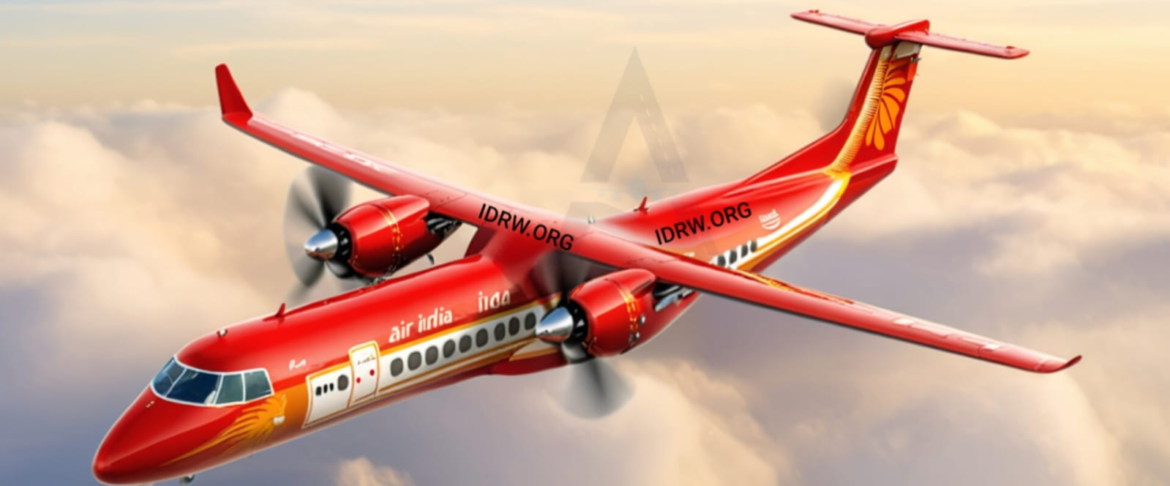The Indian Air Force (IAF) has raised significant concerns regarding the operational utility of the HAL/NAL RTA-90 military variant, a regional transport aircraft being developed by Hindustan Aeronautics Limited (HAL) and the National Aerospace Laboratories (NAL). As India continues to modernize its armed forces, the effectiveness and reliability of such aircraft are of paramount importance, prompting scrutiny from the IAF.
The RTA-90, designed to meet the requirements of the IAF, is intended to enhance the country’s capabilities in airlift operations, particularly in remote and difficult terrains. It is anticipated that the aircraft will serve various roles, including troop transport, medical evacuation, and logistics support. However, IAF officials have expressed doubts about the aircraft’s performance and its ability to fulfill these diverse operational requirements.
One of the primary concerns is related to the aircraft’s payload capacity and range. The IAF has emphasized the necessity for a transport aircraft that can operate effectively in a variety of environments, including high-altitude regions. The RTA-90 must demonstrate sufficient payload capabilities to transport personnel, equipment, and supplies over long distances, especially given India’s diverse geographical landscape. Without meeting these operational thresholds, the aircraft may struggle to fulfill its intended roles effectively.
Moreover, the IAF has highlighted the importance of durability and maintainability in the RTA-90’s design. Military operations often involve extended missions in challenging conditions, and the aircraft must be robust enough to withstand such demands. Concerns about the maintenance schedules, parts availability, and the overall lifespan of the aircraft have been raised, with IAF officials advocating for a design that prioritizes reliability and ease of maintenance.
The IAF is also keen on assessing the aircraft’s performance during takeoff and landing, especially in austere airfields where military operations often take place. The ability to operate from short and unpaved runways is critical for enhancing the IAF’s operational flexibility. Without reliable performance in these scenarios, the RTA-90 could fall short of expectations, limiting its deployment options in various operational contexts.
In addition to performance-related concerns, the IAF has also called for thorough evaluations of the RTA-90’s avionics and communication systems. Modern military operations rely heavily on advanced technology for navigation, surveillance, and communication. The aircraft must be equipped with state-of-the-art systems to ensure seamless integration with existing military platforms and facilitate effective mission execution.
The potential for the RTA-90 to support humanitarian assistance and disaster relief (HADR) operations has also been emphasized. Given India’s geographic and climatic diversity, the aircraft’s ability to provide rapid response capabilities in emergencies can be a vital asset. However, this capability hinges on the aircraft’s overall performance and reliability in various operational scenarios.
The concerns raised by the IAF reflect a broader challenge facing India’s indigenous aerospace industry. While HAL and NAL have made significant strides in developing the RTA-90, it is evident that meeting the operational requirements of the IAF is crucial for the aircraft’s success. Engaging with IAF officials during the development process will be vital to ensure that the final product aligns with military needs.
In conclusion, the IAF’s concerns about the HAL/NAL RTA-90 military variant underscore the importance of operational effectiveness in defense projects. As India seeks to bolster its military capabilities, ensuring that the RTA-90 meets the IAF’s requirements for performance, durability, and technological advancement will be essential. A collaborative approach between HAL, NAL, and the IAF can help address these concerns and pave the way for a successful regional transport aircraft that enhances India’s defense readiness and operational capabilities. As development progresses, continuous assessments and evaluations will be critical to achieving a transport aircraft that meets the diverse needs of the IAF and strengthens India’s position in the regional security landscape.

